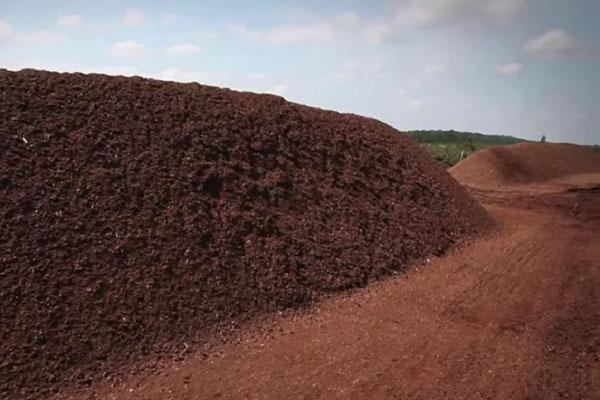Industrial peat extraction
 Peat is a good breeding ground for plants, but many gardeners underestimate this mineral and fertilize their plantings with chicken or cow dung. Such fertilizer is more expensive than peat, but the nutrients in manure and peat contain the same amount. The only difference between peat and manure is that an excess of organic fertilizer causes the formation of nitrates. Peat, on the other hand, breaks down only into trace elements: nitrogen, potassium and phosphorus. This useful quality is widely used in greenhouses. Let's consider what peat is and how it is mined on an industrial scale.
Peat is a good breeding ground for plants, but many gardeners underestimate this mineral and fertilize their plantings with chicken or cow dung. Such fertilizer is more expensive than peat, but the nutrients in manure and peat contain the same amount. The only difference between peat and manure is that an excess of organic fertilizer causes the formation of nitrates. Peat, on the other hand, breaks down only into trace elements: nitrogen, potassium and phosphorus. This useful quality is widely used in greenhouses. Let's consider what peat is and how it is mined on an industrial scale.
What is peat
Peat is plant debris that decomposed and compressed hundreds of years ago. Peat is formed only in swamps. It is the high humidity of the bog that promotes the reproduction of bacteria, which, in the process of their vital activity, process the remains of bog plants into peat. During the period of their vital activity, these bacteria release a large amount of thermal energy. That is why the root system of plants is more comfortable in peat soil.
During the industrialization of the USSR, peat was used to generate electricity. When the peat power plants were closed, scientists began to study peat and look for other uses for it. It turned out that peat - excellent bioactive fertilizer. It was peat and fertilizers based on it that helped to increase the productivity of cereals and potatoes several times.
Peat extraction
Peat is mined in swamps. For industrial mining, the swamp is drained by laying drainage channels. If you look at the swamp from above, the network of drainage canals will be similar to the network of city roads. The main channel directs water to a lake or river near the swamp. Gross outlet channels flow into the main channel. The gross canals are crossed by many small kart canals that collect water from the entire swamp.
When the swamp is drained, special machines with cutters leave for it. They dig up peat and grind it into crumbs. Then the peat dries for exactly one day. When peat crumb is separated and dried in a peat deposit, it is collected in stacks - artificial hills. Further, the stacks are given a triangular shape so that in rainy weather, the water flows to the ground. Then the mineral is transported to a filling factory, where the peat is packed both in five-liter bags and in a container with a volume of 200 liters.
Peat is one of the few bulk materials, the amount of which is usually measured in liters. The volume of peat is more stable because the weight depends on the moisture content of the peat. Therefore, unscrupulous sellers moisten the peat and sell it by measuring the amount of fertilizer in kilograms.